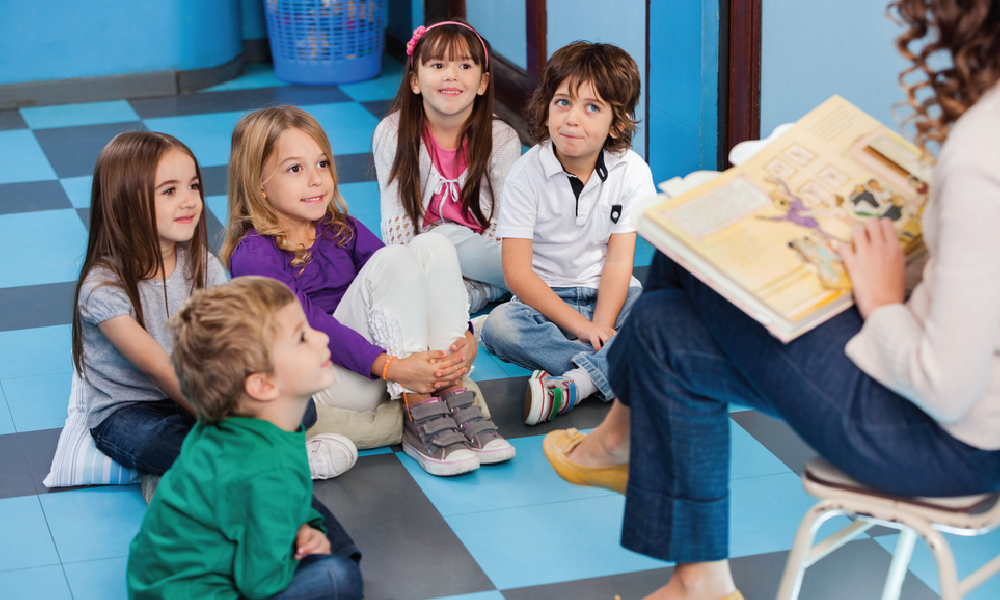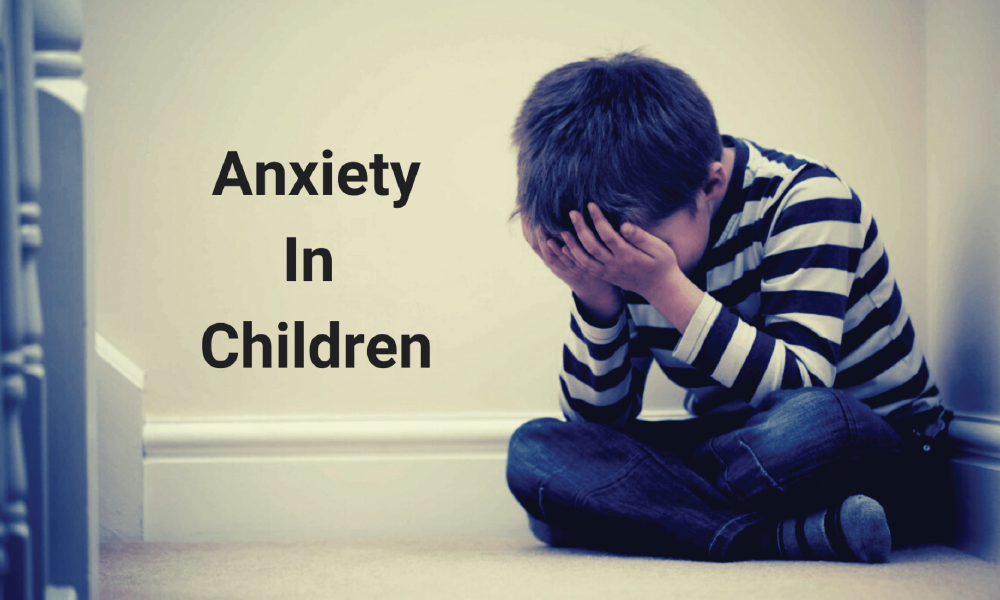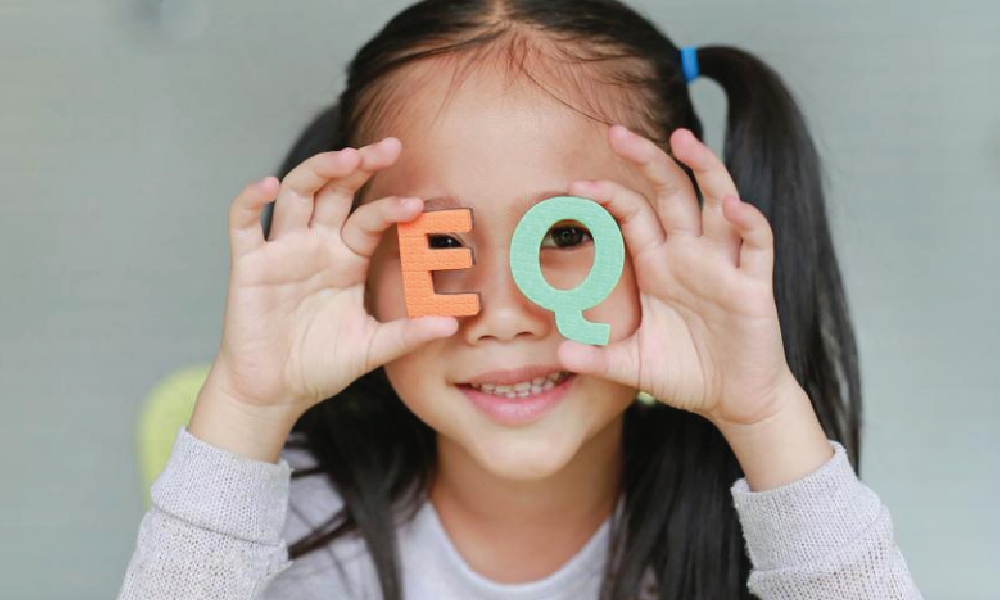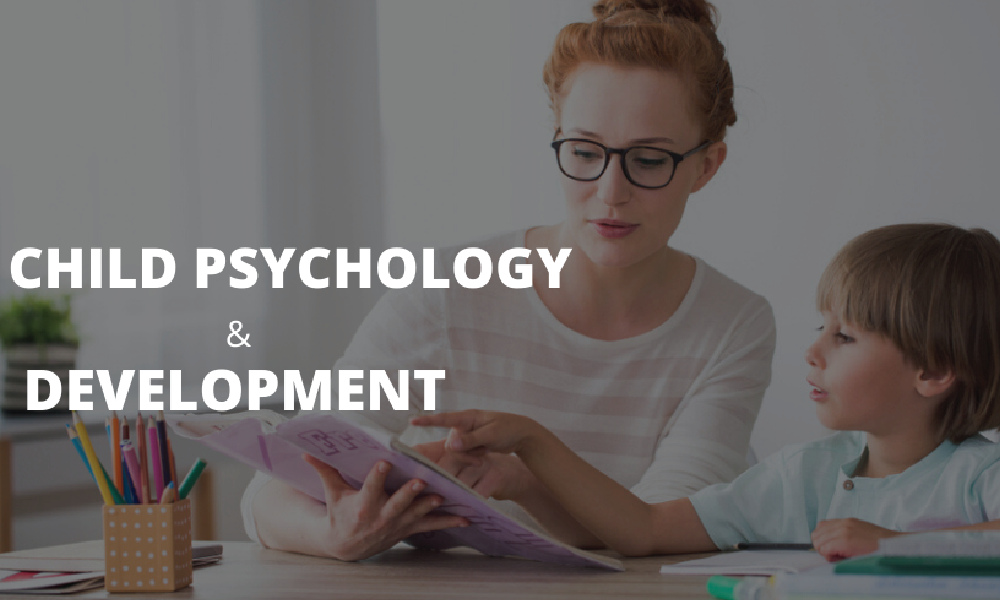Articles by early:
Top 10 Games & Activities To Develop Listening Skills In Kids If you’re looking for some simple yet effective ways
Fine & Gross Motor Skills Development In Children Amongst other skill-building traits, the development of a child’s fine & gross
In today’s world, people are plagued by a plethora of diseases and disorders. One of them is anxiety. Those who
Good Hygiene Habits To Teach Your Child Hygiene is one of the most important aspects of our lives, not only
5 Tips To Raise An Emotionally Intelligent Child As per the normal conventions, emotional intelligence can be naturally inculcated in
Child Psychology And Development What is child psychology? In definitive terms, child psychology is a branch of psychology that






